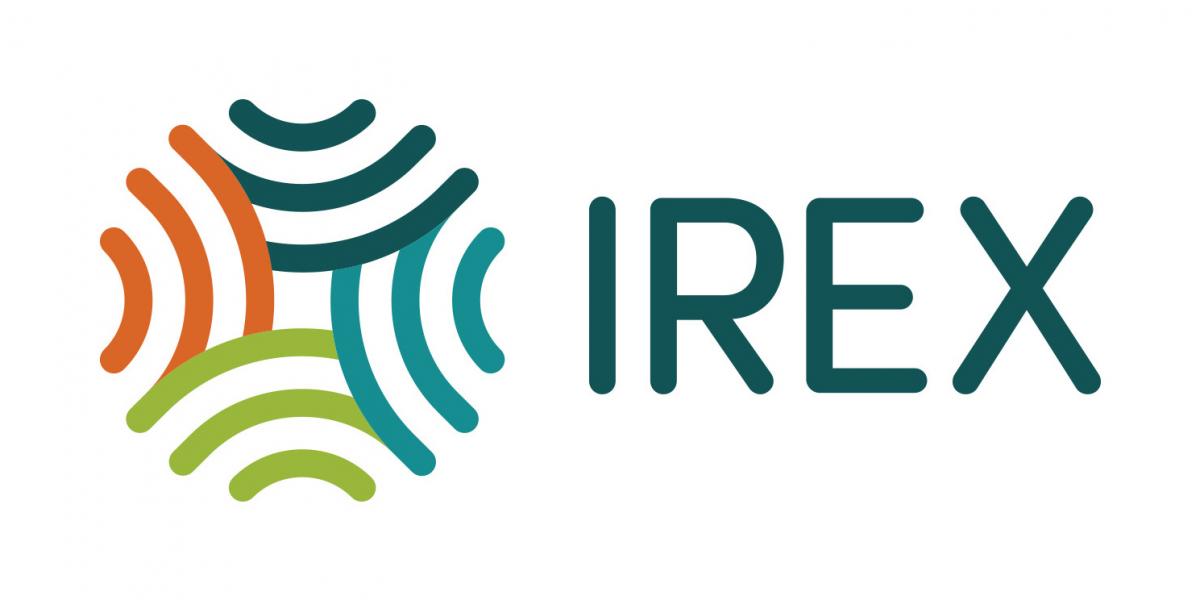Sample Indicators to Measure the Impact of Your Program or Activity
IREX, Bridgebuilding project
/
06 July 2023
These indicators can be measured using various methods, such as surveys, participant feedback forms, observation, or tracking systems. Choose the most practical and feasible measurement method based on your resources and time constraints.
- Attendance
Indicator: Number of participants attending the program events or activities.
- Diversity
Indicator: Percentage or count of participants from different age groups, genders, ethnicities, or socioeconomic backgrounds.
- Participant satisfaction: Feedback from participants about their satisfaction with the program.
Indicator: Participant satisfaction rating or percentage of participants reporting high satisfaction.
Questions that can be used to measure participant satisfaction:
- On a scale of 1-5, how satisfied are you with the program/event?
- What aspects of the program did you find most valuable/enjoyable?
- Is there anything you would suggest to improve the program?
- Social connections: Formation of new social connections or networks through the program or event.
Indicator: Number of new connections reported or observed among participants.
Questions that can be used to measure social connections:
- Did you meet new people or make new connections through the program/event?
- Have you continued to stay in touch with anyone you met through the program?
- How has the program influenced your social connections or networks?
- Knowledge and awareness: Participants' knowledge and awareness of diverse perspectives, cultural understanding, or social issues related to cohesion.
Indicator: Percentage of participants reporting increased knowledge/awareness of diverse perspectives, cultural understanding, or social issues related to cohesion.
Questions that can be used to measure knowledge and awareness:
- Before attending the program, how much did you know about [specific topic]?
- How has your knowledge or awareness of [specific topic] changed after attending the program?
- Can you provide an example of something new you learned during the program?
- Behavior change: Signs of behavior change, such as increased empathy, respect, or willingness to engage in dialogue.
Indicator: Percentage of participants reporting change in behavior.
Questions that can be used to measure behavior change:
- Have you noticed any changes in your attitudes or behaviors as a result of the program?
- Can you share an example of how the program influenced your interactions or behaviors in a specific situation?
- Do you feel more open to engaging in dialogue or understanding different perspectives after attending the program?
- Partnerships and collaborations: Number or quality of partnerships and collaborations formed with community organizations or stakeholders.
Indicator: Number of partnerships or collaborations established or strengthened through the program.
Questions that can be used to measure partnerships and collaboration:
- Have you formed any new partnerships or collaborations with community organizations or stakeholders as a result of the program
- Can you provide examples of how the program has facilitated collaboration with others?
- Have you initiated or participated in any collaborative projects or initiatives as a result of the program?
- Can you describe a specific project or initiative that emerged from your participation in the program?
- How has the program encouraged collaboration and teamwork among participants?
Other resources
- Creating Social Change Through Library Programming
- Needs Assessment
- Data Collection for Libraries
- Library Social Cohesion Impact Measure
- Observation Template
Learn how your library can engage in bridgebuilding activities in your community through the Bridgebuilding Resource Hub:

